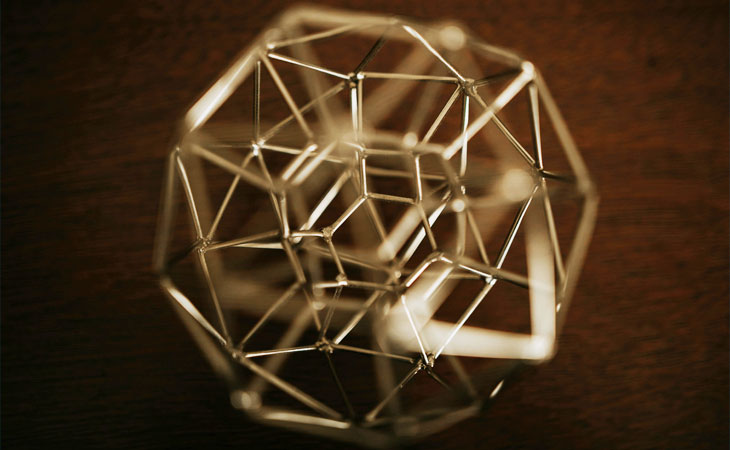Sound in Depth: Expanding the Practice of Sound Therapy
Join me for this series of deepening online classes designed for sound therapy practitioners and dedicated enthusiasts who wish to expand their skills and understanding.
Each class focuses on a different, stand-alone topic, so you can choose the ones that resonate most with your path, or take the full series for a more complete enrichment of your practice.
These sessions are crafted to take you beyond the basics, offering advanced insights, practical applications, and space for exploration that you can immediately integrate into your sound work.
- €25 per class (+ taxes)
- €60 for the full series (+ taxes) – save €15
All participants will receive recording access for 6 months, allowing you plenty of time to revisit the material and integrate it into your practice.

PART 1
Time, Consciousness and The Nature of Sound: The Link Between Sound and Human Consciousness.
Sound has been considered a gateway to the divine for centuries, a living movement that shapes our perception of reality. Throughout history, sound has always played a central role in spiritual and religious rituals because of its ability to alter awareness, open inner states, and connect us with the sacred. In this session, we’ll explore why sound has been recognised as a consciousness-changing element and how it can help us experience time and presence in new ways.
OR
Get all three classes by booking the next one below ⇓

PART 2
Bridging Science & Practice: How to Apply Research to Sound Healing.
Modern research in neuroscience, psychoacoustics, and vibroacoustic therapy is shedding light on how sound and vibration affect the human body and mind at physiological and neurological levels.
For practitioners, this knowledge is very valuable.
It allows you to fine-tune your work by choosing instruments and techniques with precision, complementing intuition with knowledge.
By understanding why a technique works, you can deliver sessions that are both deeply therapeutic and scientifically informed.

PART3
Sound and Neurodivergence: Integrating Modern Therapies with Traditional Instruments
Neurodivergent individuals (including those on the autism spectrum, with ADHD, sensory processing disorders, etc.) often experience atypical auditory processing and sensory sensitivities. Sound-based interventions have gained traction for their potential to recalibrate neural pathways, influence autonomic nervous system regulation, and support sensory integration. Modern therapeutic approaches, from specialised listening programs to music therapy, are being studied alongside ancient practices like Tibetan singing bowls and tuning forks.
While traditional sound healing instruments are not a replacement for evidence-based therapies (rather a complementary tool), their use can be grounded in known physiological mechanisms (e.g. vibrational stimulation of mechanoreceptors and vagus nerve activation) to subtly enhance outcomes. This class provides an interesting overview comparing modern sound therapies with traditional instruments, emphasising a practitioner-oriented perspective that is scientifically viable yet practical.
Check our articles
When Sound Makes Light: Sonoluminescence at the Edge of Physics and Mystery
If you send a loud enough tone into a liquid, tiny gas bubbles can implode so violently that they flash with light. This is called sonoluminescence. In its cleanest laboratory form, a single micron-scale bubble sits in a standing acoustic wave and emits a...
Can Cells Really Hear?
Those of us working with sound in a therapeutic setting have been well aware of its profound impact on the human body. We know that sound can calm the nervous system, shift our emotions, and bring us into states of deep presence. Yet, the general view of sound is that...
Soundscape Mapping: Tuning Into the Subtleties of Your Sonic Environment
Mostly, we think of sound healing as something we create, an intentional experience shaped by voice and instruments. A moment set apart from the noise of the world, a carefully curated bath of vibration and stillness. But what about the sounds of daily life, where we...


